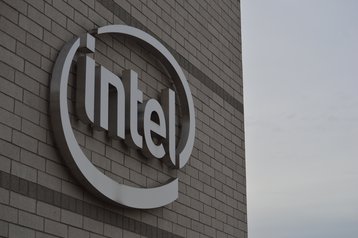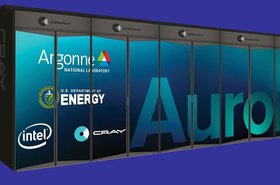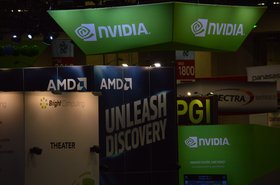Intel is trying to acquire RISC-V semiconductor designer SiFive for more than $2bn.
Bloomberg reports that SiFive has received several takeover offers from multiple companies, but has also received offers for an investment round, which could prove preferable.
A RISC-y bet for Intel
SiFive develops chips based on the open source RISC-V architecture, which would make semiconductor designs cheaper and easier for customers to control.
Chinese companies have been particularly interested in RISC-V as the US could not stop them from using it, as has been the case with sanctions that cover Intel, AMD, and even Arm. Western companies are also increasingly interested in RISC-V following Nvidia's announcement it would acquire Arm, which some worry will damage its vendor-neutral architecture licensing strategy.
RISC-V designs have traditionally been suited for embedded and low-power markets, but this week the non-profit in charge of the CPU instruction set architecture said it had wider ambitions.
RISC-V International is now also targeting high-performance computing markets, it announced in a blog post.
"HPC is everywhere," said Dr. John D Davis, chair of the RISC-V Special Interest Group on High-Performance Computing (SIG-HPC).
"The basic algorithms and kernels power a wide range of computations. It starts in the traditional space of supercomputers used for weather forecasting, computational fluid dynamics, to material science, and protein folding, in both research and industrial applications. We even see HPC in the cloud.
"The SIG-HPC aims to enable all of those workloads and more."
The effort is still in the early days, with the group first planning to map the HPC ecosystem and develop an associated roadmap. Alibaba already has 16-core RISC-V chips for high-performance cloud workloads, but it is based on closed-source designs.
Intel moving into the RISC-V space would be a drastic change for a company that has benefitted immensely from x86's stranglehold on much of the PC and data center compute market. While it does use Arm, as well as ARC, SPARC, and MIPS in some peripheral products (and develops a RISC-V 'Risecreek' CPU for the Indian defense department), it has always paled in comparison to its x86 efforts.
But as AMD grows its x86 market share, and the market as a whole faces competition from Arm, RISC-V, as well as a host of different AI chips, the company is starting to adapt.
Earlier this year, it said that it would move into the third-party foundry business, where it would develop Arm and RISC-V chips for others, as well as license its x86 cores technology.
SiFive was valued at around $500 million during its last $61 million fund round in 2020. The company’s investors include SK Hynix Inc., Spark Capital, and Prosperity7 Ventures, the venture arm of Saudi Arabia’s state-owned Aramco. The venture arms of Qualcomm and Western Digital Corp are also backers.




